- Free Estimates
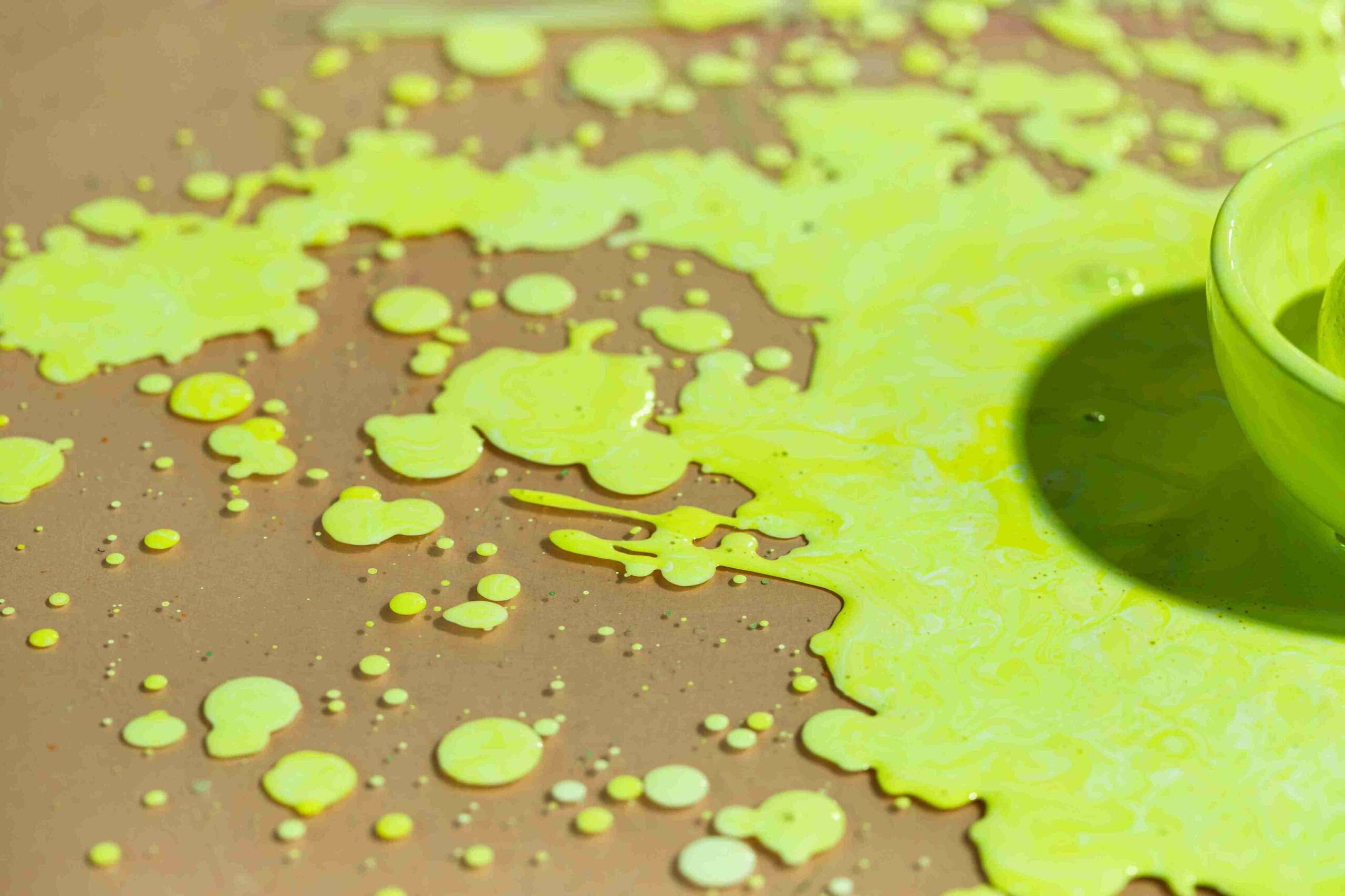
Glow-in-the-dark paint, also known as phosphorescent paint, is a type of coating that absorbs light and releases it slowly over time, making surfaces appear lit in the dark. It’s popular for artistic projects, home décor, costumes, and even safety applications.
Many people buy pre-made versions, but learning how to make paint glow in the dark allows more control over color, intensity, and cost. Knowing how to make fluorescent paint at home helps avoid overpriced commercial products, and the ability to tweak your own formula ensures your creations stand out.
Here’s everything you need to get started, step by step.
✔ Glow paint works through phosphorescence, with strontium aluminate offering the brightest and longest-lasting glow.
✔ Choosing the right materials—phosphorescent powder, paint base, and proper tools—is essential for effective glow paint creation.
✔ Clear acrylic is the best all-around paint base, while fabric and outdoor projects require specialized flexible or durable bases.
✔ Mix glow powder thoroughly into the paint at about a 2:1 ratio for optimal brightness and smooth application.
✔ Testing the mixture on a sample surface and charging it under strong light helps fine-tune glow intensity and texture.
✔ Applying multiple thin layers on light-colored surfaces and sealing the design enhances glow quality and durability.
✔ Glow paint can be used creatively for décor, art, costumes, safety markers, and outdoor decorations.
✔ For large, commercial, or long-lasting projects, working with professionals ensures better materials, application, and compliance with standards.
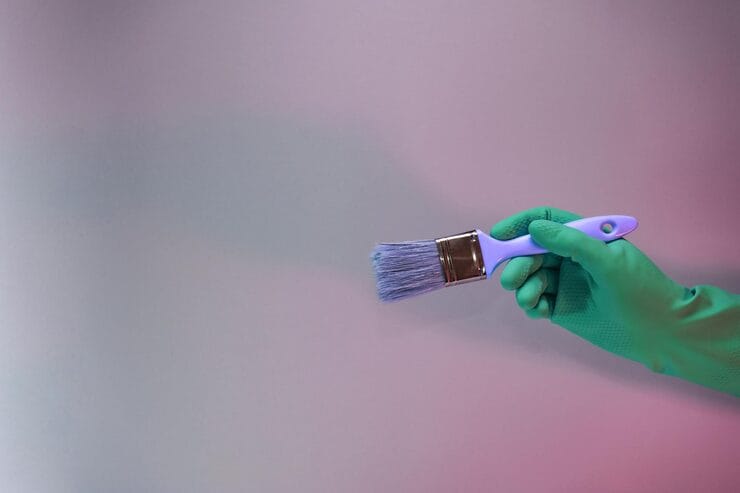
Understanding the science behind how to make paint glow in the dark begins with phosphorescence. This is a phenomenon where certain materials absorb energy (usually from UV or visible light) and slowly re-emit it as visible light over time.
All glow-in-the-dark products contain phosphors—substances that emit visible light after absorbing and storing energy. Phosphorescent materials like zinc sulfide and strontium aluminate are commonly used in glow paints. Zinc sulfide glows for a shorter period and is less bright, while strontium aluminate is brighter and longer-lasting, making it the best choice if you’re aiming for the best way to make glow-in-the-dark paint.
It’s also important to differentiate between fluorescent and phosphorescent paint. Fluorescent paint glows only under UV light, whereas phosphorescent paint continues to glow even after the light source is removed.
If you’re wondering how to make fluorescent paint, the process is similar but requires different pigments.
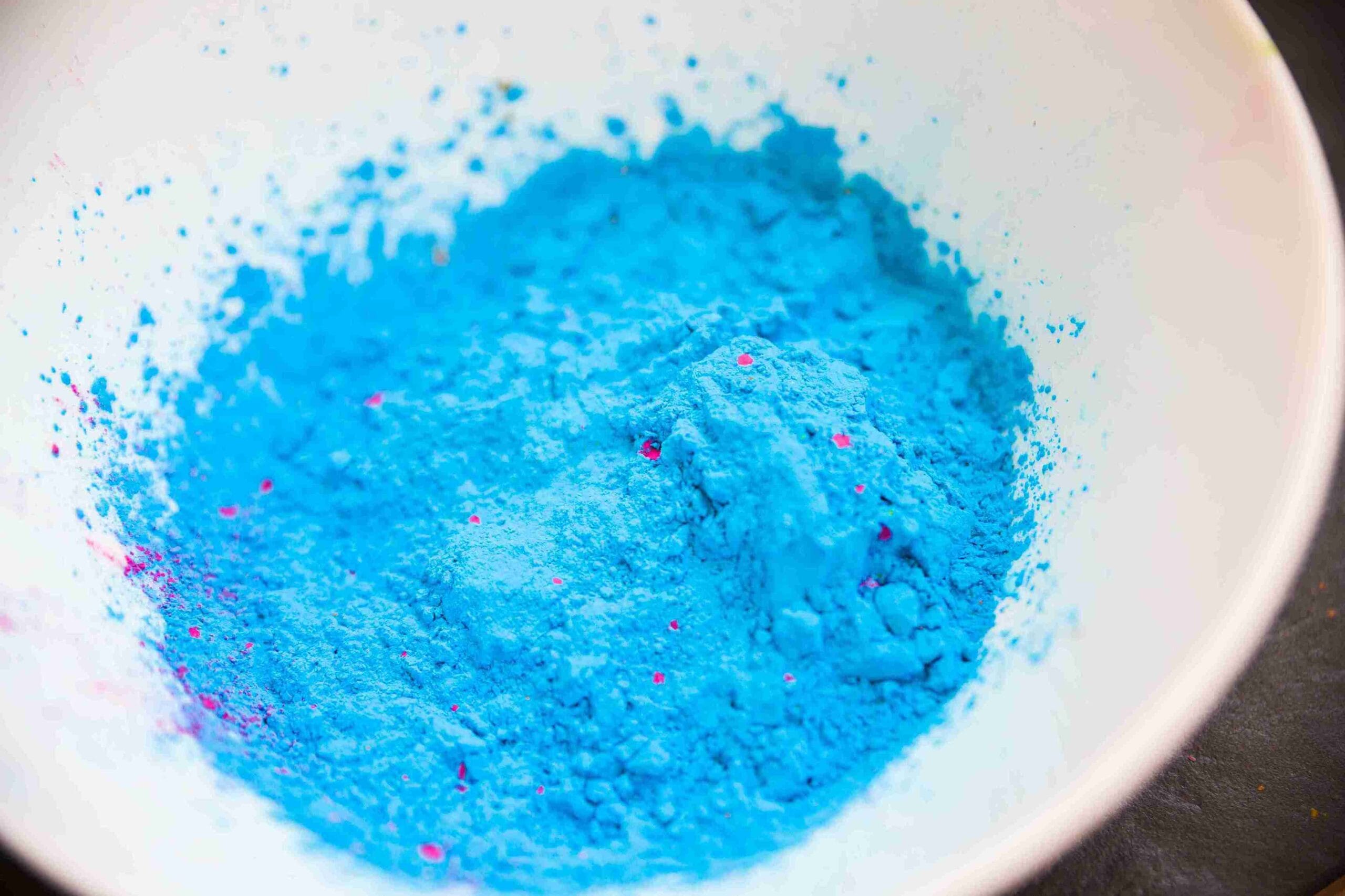
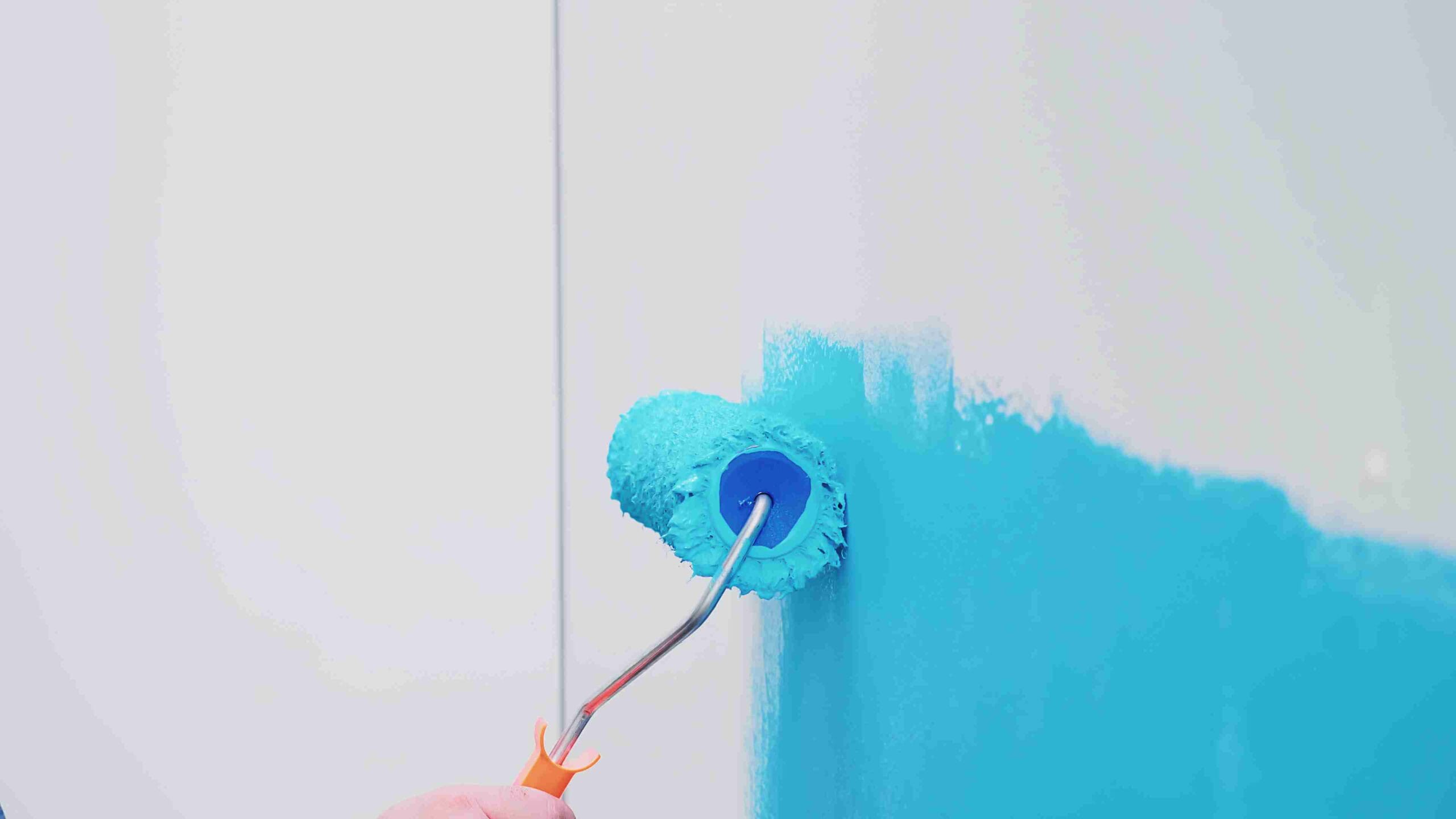
Choosing the correct paint base ensures the glow pigment performs well and fits the project’s specific needs.
Properly mixing the glow powder into the paint base is essential for achieving bright, even glow effects in any project.
Testing and refining the mixture is a vital step in mastering how to make paint glow in the dark and ensures the final product meets expectations.
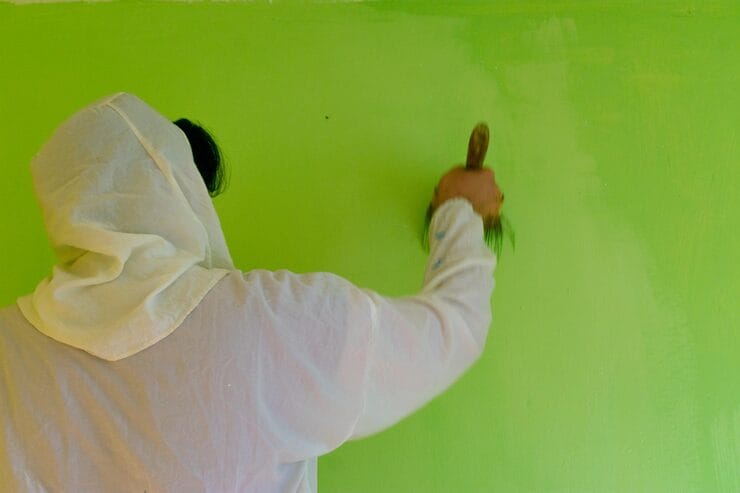
There’s no limit to the ways you can use glow paint. Whether for fun or function, learning how to make paint glow in the dark empowers endless creativity.
Create glowing stars, galaxies, or constellations on ceilings and walls. Glow paint designs are popular among kids and teenagers for their rooms. They can turn an ordinary space into a fun, interactive environment that changes when the lights go out.
Artists use glow paint to create dual-layer paintings—one design visible in light, another in darkness. Knowing how to make fluorescent paint can also aid in creating vibrant UV-reactive art. These dynamic pieces are especially striking in places like galleries or music venues.
Glow-in-the-dark paints are excellent for outlining skeletons, masks, or props. They’re lightweight and safer than LED alternatives. Glow paint adds an eerie effect to costumes, making them stand out in the dark.
Paint exit signs, steps, or door handles that remain visible in the dark. Understanding the best way to make glow in the dark paint can improve home safety during power outages. This application can provide a crucial visual guide when lighting fails in emergencies.
From garden stones to party decorations, glowing paint adds a magical touch to nighttime events. It can create a whimsical atmosphere for outdoor gatherings or a mystical garden after dark.
DIY methods are ideal for personal projects, hobby art, or temporary decorations. However, when dealing with larger-scale applications, commercial-grade installations, or safety-critical uses, hiring a professional in Fairfield, CT, can be the smarter—and more effective—choice. Professionals bring precision, efficiency, and access to advanced materials that are often unavailable to hobbyists.
Consider hiring a professional if your project involves:
Working with professionals has several advantages, especially when aiming for the best way to make glow in the dark paint stand out in quality and longevity:
If you’re interested in combining your creativity with a professional’s expertise, here’s how to get the most out of the partnership:
The key ingredient is phosphorescent powder, usually made from strontium aluminate or zinc sulfide. These materials absorb light and slowly release it as a glow over time. Strontium aluminate is preferred for its brighter and longer-lasting effect.
Yes, glow-in-the-dark paints are widely available commercially and come in various forms for crafts, fabrics, and industrial use. You can also make your own by mixing phosphorescent powder with a clear paint base. Both options allow for creative glow paint designs.
Glow paint needs to be properly charged by exposing it to strong light before it can glow in the dark. If it doesn’t glow, it might be due to insufficient charging, too thin application, or using a paint base that blocks light. Ensure the paint is applied in multiple layers and exposed to bright light for the best results.
UV paint contains fluorescent pigments that glow only under ultraviolet (black) light. Unlike phosphorescent paint, it does not emit light after the UV source is removed. It’s often used in clubs, art, and theatrical settings for bright, glowing effects under blacklight.
Glow-in-the-dark paint is not truly permanent; it gradually loses brightness after repeated charging cycles. However, high-quality phosphorescent paints, especially those using strontium aluminate, can glow brightly for years with proper care. For truly permanent illumination, LED or other light sources are required.

If you’re looking to add a unique and vibrant touch to your home with glow-in-the-dark paint, Fairfield Painting Contractors is your trusted local expert. With years of experience serving Fairfield, CT, homeowners, we specialize in professional paint applications that ensure lasting beauty and exceptional glow effects. Whether you want creative glow paint designs for a bedroom or safety markings, Fairfield Painting Contractors has the expertise and high-quality materials to bring your vision to life.
Don’t settle for ordinary—reach out to Fairfield Painting Contractors today!